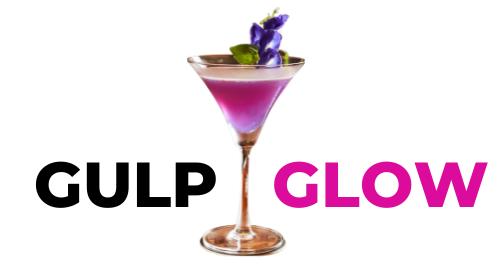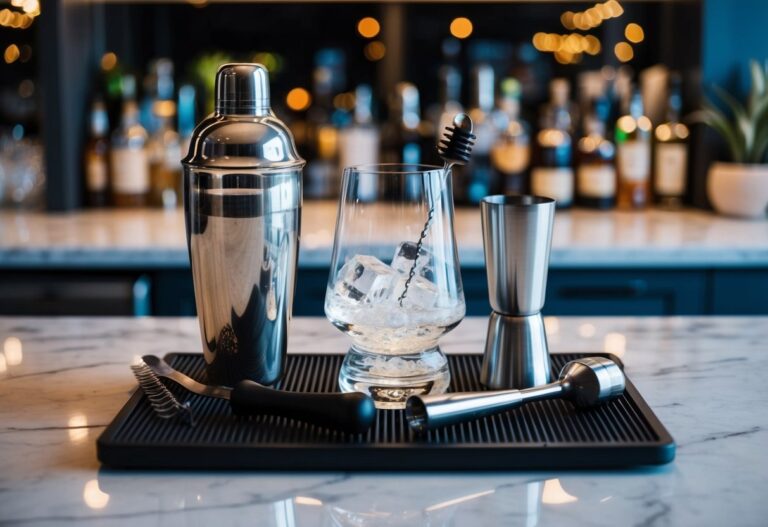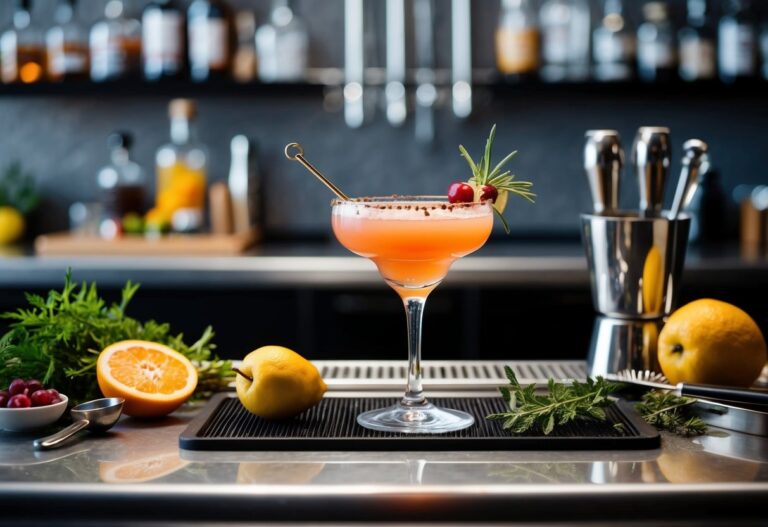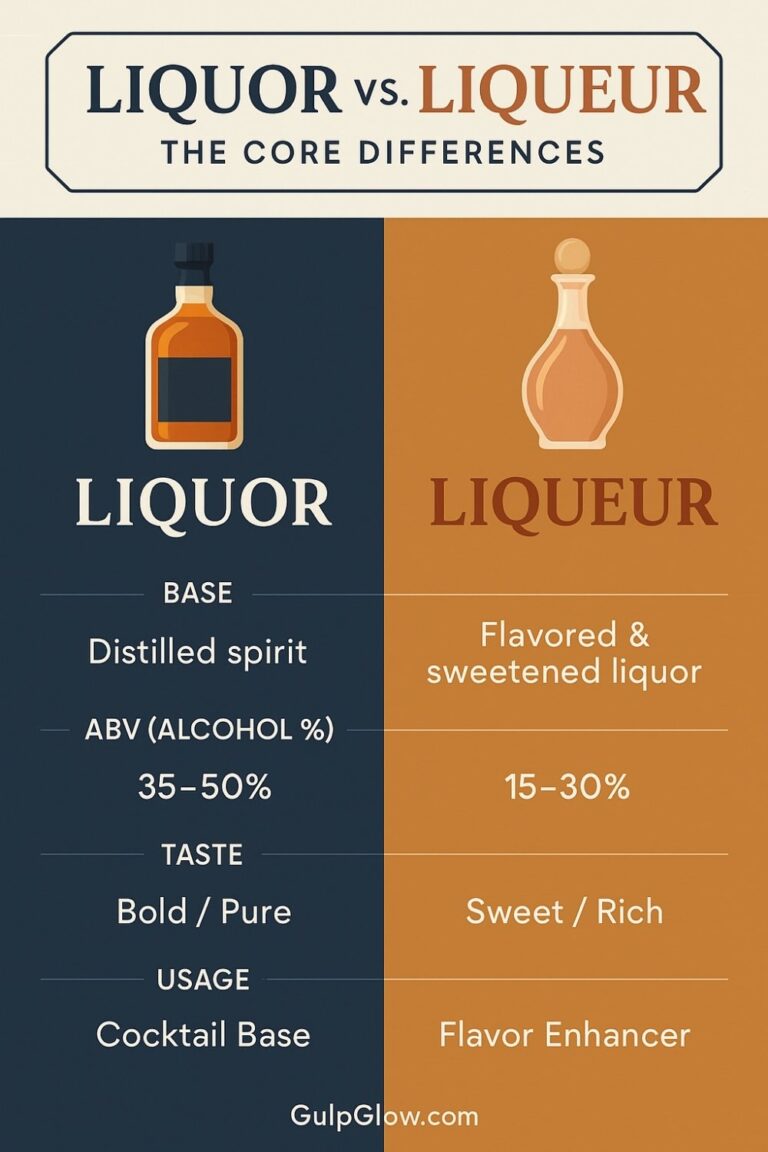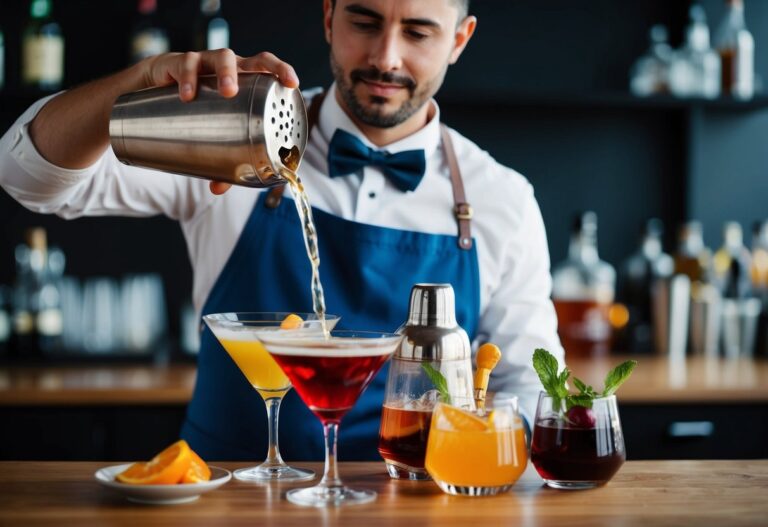How to Express Citrus Oils Like a Pro (and Avoid Bitter Pith)
The difference between a good cocktail and a great one? Sometimes, it’s as simple as what you do with the citrus peel. A quick twist over the glass can light up the entire drink—literally and aromatically—if done right. But done wrong, it adds nothing or worse: bitter pith, wax, or burnt oil.
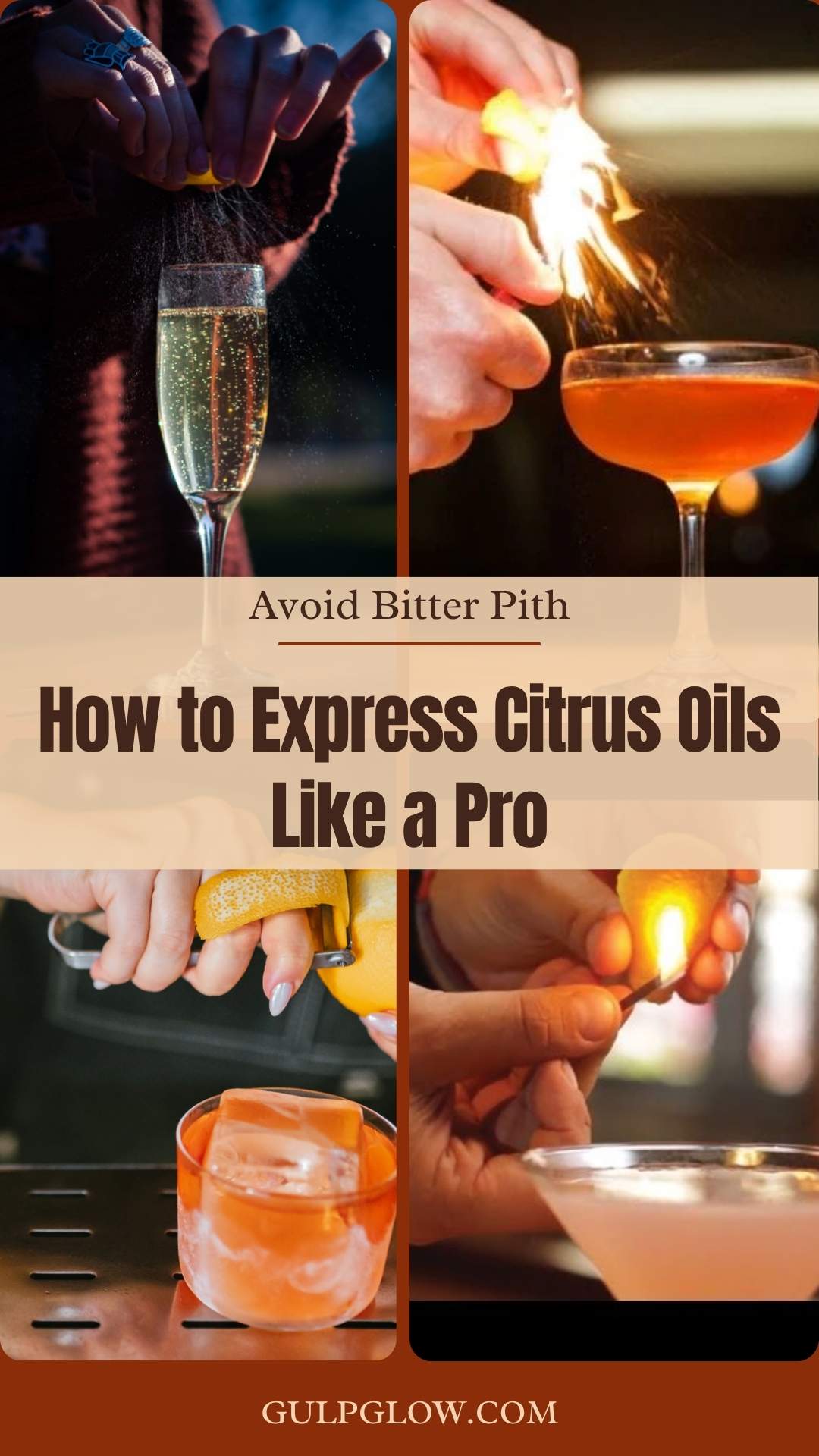
Expressing citrus oils isn’t just garnish—it’s functional mixology. You’re extracting bright, volatile compounds from the skin to add aroma and depth right before the first sip. Whether it’s an orange twist in your Old Fashioned or a lemon peel curled into a Martini, that tiny flourish changes the whole experience.
In this guide, you’ll learn how to cut peels correctly, express them at the right angle and distance, and avoid common mistakes like over-twisting or using dry fruit. We’ll also cover flaming techniques (safely), storage tips, and which drinks benefit most from a proper twist. Let’s break down the peel—without the fluff.
What Expressing Citrus Oils Actually Does
Citrus peels aren’t just colorful garnishes—they’re loaded with volatile oils that carry intense aromatics. Expressing those oils over a drink unlocks a new layer of flavor and aroma right at the surface. It’s not just for show—it’s chemistry you can smell.
The outer layer of citrus skin, called the flavedo, contains oil glands rich in compounds like limonene, which gives that sharp, clean citrus scent. When you twist or snap a peel, you rupture those glands, releasing the oil in a fine spray that lands directly on your cocktail’s surface.
This oil layer influences the first few seconds of the drinking experience—especially in spirit-forward cocktails like the Old Fashioned or Martini. The oils enhance aroma, add brightness, and subtly shift flavor balance. It’s a small move with noticeable impact.
But the flip side? Go too deep into the peel, and you’ll pick up the bitter white pith underneath, which introduces unwanted harshness. That’s why cut technique, peel thickness, and precision matter.
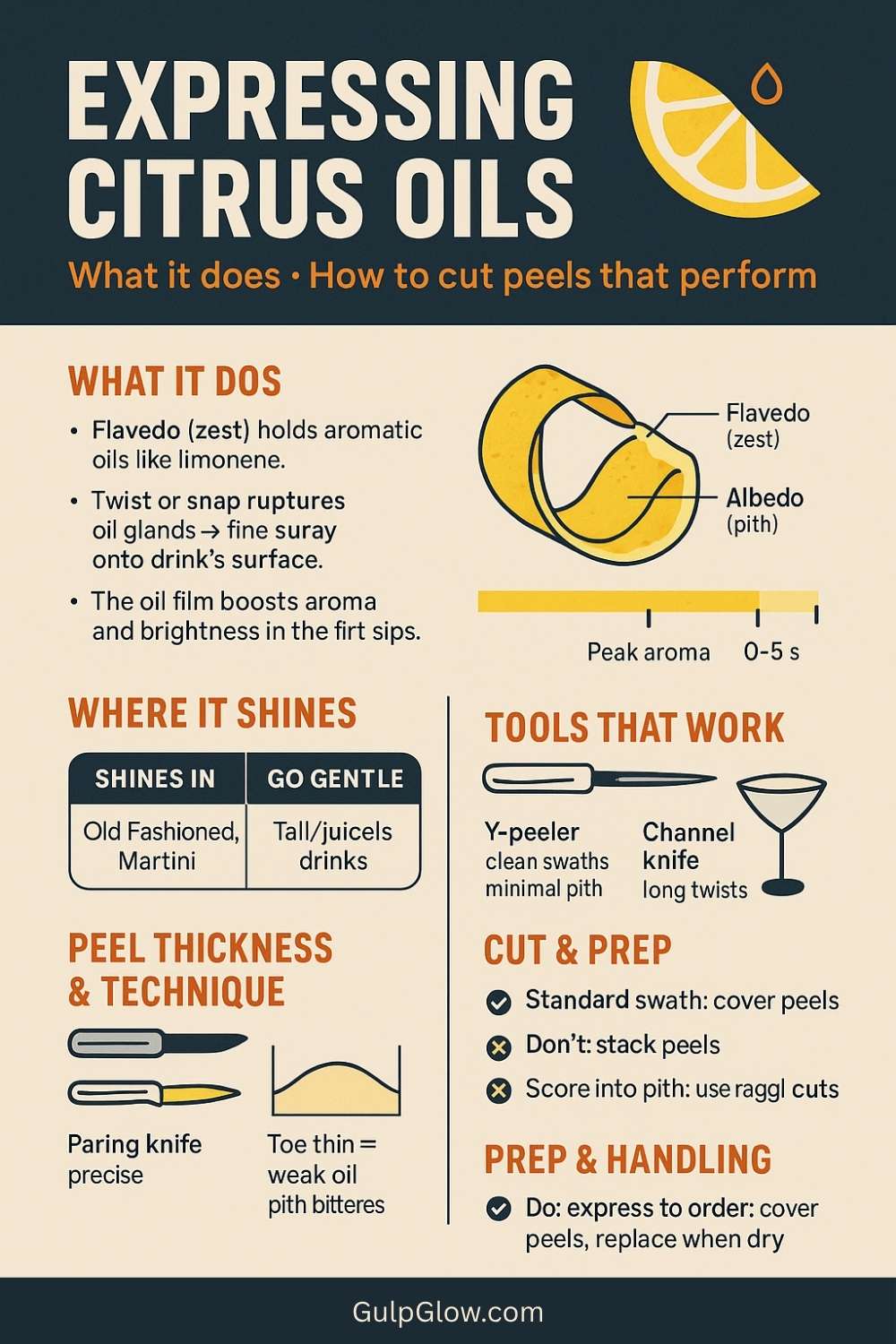
Peel Thickness, Texture & Cut Technique
Before you express any oils, you need the right cut of peel. Too thick, and you’ll bring bitter pith into the mix. Too thin, and you won’t get enough oil. There’s a sweet spot—and it starts with your tools and technique.
Choosing the Right Thickness
Aim for a peel about 1–2 mm thick, capturing just the zest without much of the spongy white pith. The more zest surface you get, the more oil you’ll be able to express cleanly.
Tools That Work
- Y-peeler: A sharp vegetable peeler makes clean swaths with minimal pith.
- Channel knife: Great for long spirals or decorative twists.
- Paring knife: Gives you control, but requires a steady hand and practice.
- Zester: Not ideal for oil expression—used more for grated zest or ribbons.
How to Cut Peels
- For standard expression: cut a 2–3 inch wide swath—enough to cover the glass but easy to grip.
- Trim edges if needed to create a clean, symmetrical look.
- For drinks like the Martini, a long lemon twist may be preferred—just make sure it’s still flexible and fresh.
Consistency matters. Clean, even peels produce cleaner, even oil spray. If you’re prepping in batches, avoid stacking them—exposed peels dry out quickly and lose their punch.
Angles, Distance & Method for Expression
Once you’ve got the right peel, the next step is using it effectively. Expressing citrus oil isn’t about squeezing randomly over the drink—it’s about directing a controlled, aromatic spray exactly where it counts.
The Grip
Hold the peel between your thumb and forefinger, with the zest side facing the drink and the pith side facing you. This ensures the oils are pushed outward, not away from the cocktail.
The Angle
Tilt the peel slightly downward over the glass at an angle. The classic approach is about 30–45 degrees. Holding it flat or upright reduces control over the spray direction.
The Snap
With a firm motion, bend the peel in half lengthwise—zest side out. You should feel and see the oils mist across the surface. For more control, bend it slowly and apply consistent pressure rather than a sudden squeeze.
Distance Matters
- Close (~1–2 inches): More concentrated oil application—ideal for spirit-forward drinks.
- Farther (~4–6 inches): A lighter touch, adding just a hint of aroma without dominating.
After Expression
You can rim the glass lightly with the peel for extra aromatics, especially in drinks like the Negroni. Whether you drop the peel into the drink or discard it depends on the cocktail and personal preference.
Every twist affects the drink’s aroma in that first second after it’s served. That’s the moment you’re aiming to perfect.
Flaming Peels (with Safety)
Flaming citrus peels is one of the most theatrical moves behind the bar—but it’s not just flash. Done right, it adds a warm, caramelized layer to the drink’s aroma. Done wrong, it’s either pointless or, worse, dangerous.
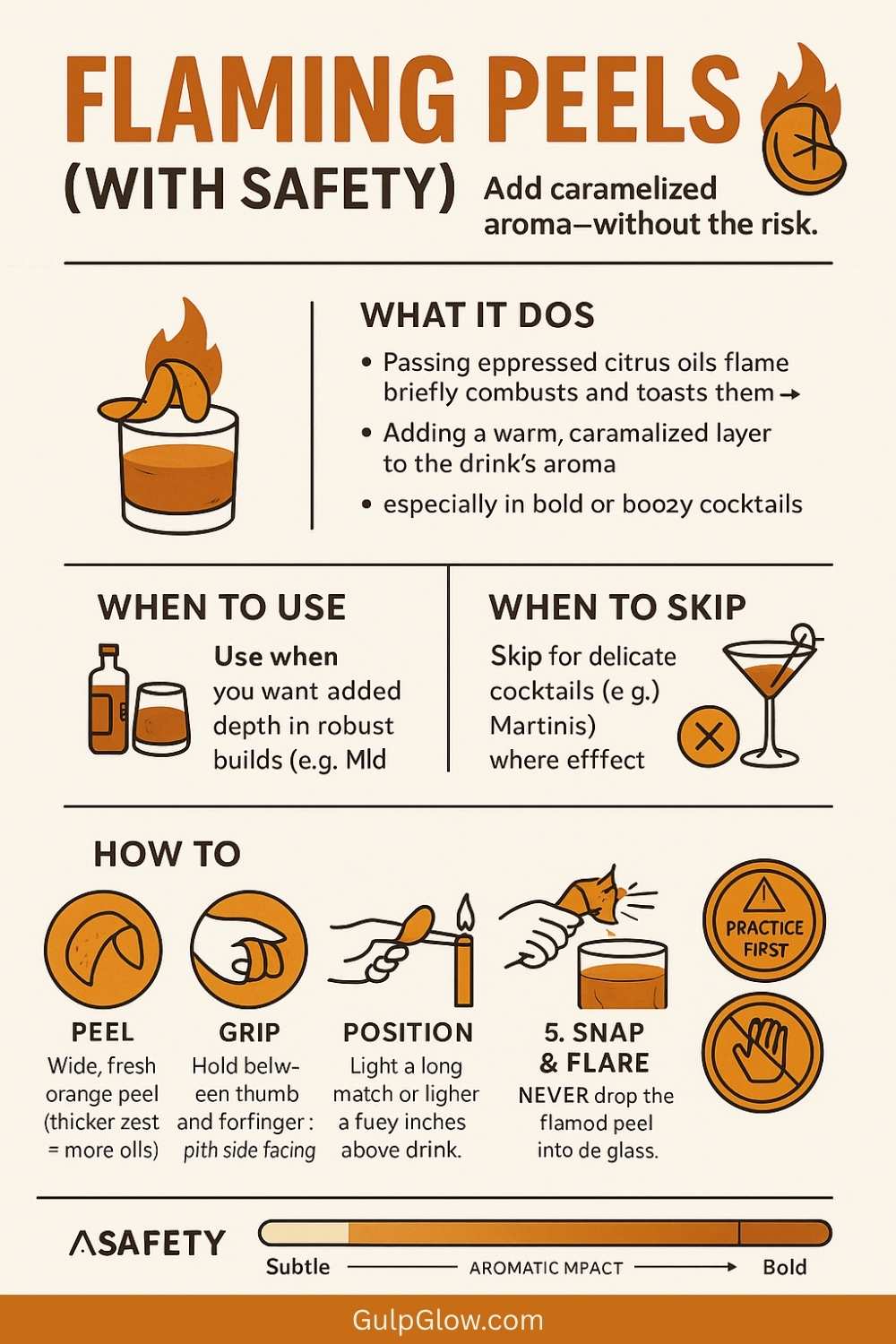
When you pass expressed citrus oils through a flame, it causes rapid combustion of the aromatic compounds, creating a burst of fire and slightly toasting the oils before they hit the drink. This subtle caramelization can deepen the aroma, especially in bold or boozy cocktails like a Mezcal Negroni or a rum Old Fashioned.
When to Use It
Flaming works best in drinks that can handle bolder aromatics. Use it when you want to add a layer of depth—not when subtlety is the goal. Skip it for delicate cocktails like Martinis, where the effect can overpower the botanicals.
How to Do It Safely
- Use a wide, fresh orange peel—thicker zest tends to ignite more oils.
- Hold the peel between your thumb and forefinger, pith side facing you.
- Light a long match or lighter, and hold it a few inches above the drink.
- With the flame between the peel and the drink, snap the peel toward the flame.
- Expressed oils should catch and flare briefly as they hit the flame.
Never drop the flamed peel into the glass—it may carry soot or burnt residue. And avoid using alcohol-soaked peels or standing too close with anything flammable nearby.
It’s a fun technique—but should be practiced away from guests or glassware until mastered.
Storage & Preparation Tips for Citrus Peels
If you’re making cocktails regularly, having prepped citrus peels on hand can speed things up—but only if they’re stored correctly. Citrus peels are delicate. Once they dry out or oxidize, their oil content drops sharply, and their flavor fades.
Selecting Citrus
Look for firm, aromatic fruit with smooth, unblemished skin. Avoid wax-coated or wrinkled citrus, as the oils may be dull or uneven. Organic is best when using the peel.
Prepping and Storing
- Wash thoroughly and scrub off any wax or residue.
- Cut peels fresh when possible. If prepping ahead, store them in an airtight container lined with a slightly damp paper towel.
- Refrigerate peels if storing for a few hours, but avoid freezing—this damages oil cells.
- Label and rotate peels just like any other bar prep. After 12–24 hours, they begin to lose strength.
Dried-out or overly soft peels don’t express oils properly. If a peel cracks instead of bending, it’s too dry. Toss it and cut a fresh one.
Treat peels like produce, not garnish—they need freshness to function.
Best Drinks & Applications
Citrus oils shine brightest in cocktails where aroma and spirit-forward flavors matter. The right twist can elevate, balance, or completely transform a drink—if chosen thoughtfully.
Old Fashioned
One of the most iconic uses of orange peel. Express the oils over the drink, rim the glass lightly, then drop it in. The orange balances the richness of the whiskey and adds a fragrant lift.
Negroni / Mezcal Negroni
Both versions benefit from a firm orange expression. The bitter notes of Campari and smokiness of mezcal are softened and brightened with orange oils. Use a wider peel and keep the expression close to the drink.
Martini Variants
Lemon twists are traditional in Dry Martinis and Vespers. Express lightly over the surface, and avoid rimming the glass too aggressively—botanicals in gin and vermouth can be easily overpowered.
Other Great Matches
- Sazerac: Lemon peel, expressed then discarded.
- Boulevardier: Like a whiskey Negroni—orange works beautifully.
- Sidecar: Lemon twist expression adds balance to the citrus in the drink.
- Cosmopolitan: Flamed orange peel for flair and added aroma.
Match the citrus to the base spirit: orange for darker spirits, lemon for lighter ones, lime for sharp, tropical profiles. And always taste-test—what works in theory might surprise you in practice.
Common Mistakes & Troubleshooting
Expressing citrus oils might look simple, but small mistakes can dull the impact or, worse, ruin the drink. These are the issues to watch out for—and how to fix them.
Too Much Pith
If the peel is too thick, you’ll extract bitter compounds along with the oils. This can make the drink taste astringent or harsh. Solution: use a peeler or knife to take only the top layer of the zest. If the peel bends cleanly without cracking, you’re in the right zone.
Wrong Side Facing
It’s surprisingly common to hold the peel with the pith facing the drink—this sends the oils in the wrong direction. Always face the zest side downward, toward the glass, when expressing.
Shaky Technique
Snapping too weakly results in no spray. Over-snapping can send oils flying everywhere except the drink. Practice a clean, deliberate bend with steady pressure, close to the glass.
Dry or Aged Peels
Old citrus loses oil. If a peel feels stiff, crumbly, or dull, cut a fresh one. Avoid storing pre-cut peels for long periods. Freshness is everything when it comes to aromatics.
Flame Fails
With flaming, common mistakes include holding the peel too close to the flame, scorching the edge, or creating soot. Always express through the flame—not into it—and keep movement sharp but controlled.
When in doubt, slow down and reset. You only get one chance to hit that first aromatic note—make it count.
Summary & Key Takeaways
Mastering citrus oil expression turns a good drink into a great one. It’s not just garnish—it’s your first flavor impression, hitting the nose before the glass even touches the lips.
Here’s what matters:
- Cut technique: Shallow peels with minimal pith give the cleanest expression.
- Grip and angle: Zest side down, 30–45 degrees over the glass, close enough for impact.
- Snap with intent: A confident, clean bend releases oils directly onto the surface.
- Know when to flame: Use fire for bold, boozy cocktails—skip it for delicate ones.
- Prep smart: Use fresh citrus, store peels correctly, and avoid dried-out twists.
- Apply with purpose: Match citrus type to spirit profile—orange for warmth, lemon for brightness, lime for edge.
Practice with classics like the Old Fashioned, Negroni, or Martini, and observe how each twist changes the mood of the drink. Citrus oils aren’t just aroma—they’re the final brushstroke of the cocktail’s design.
